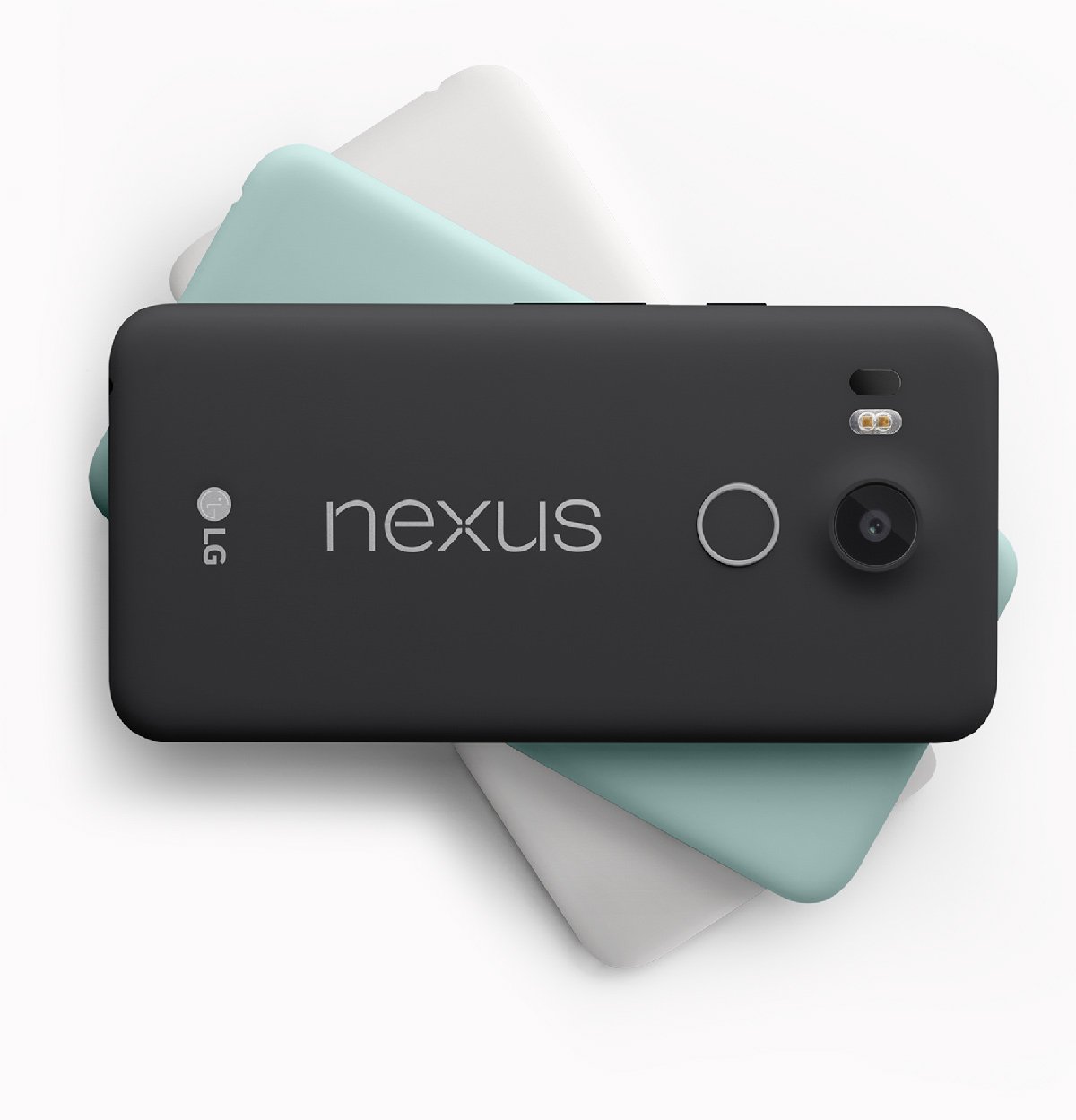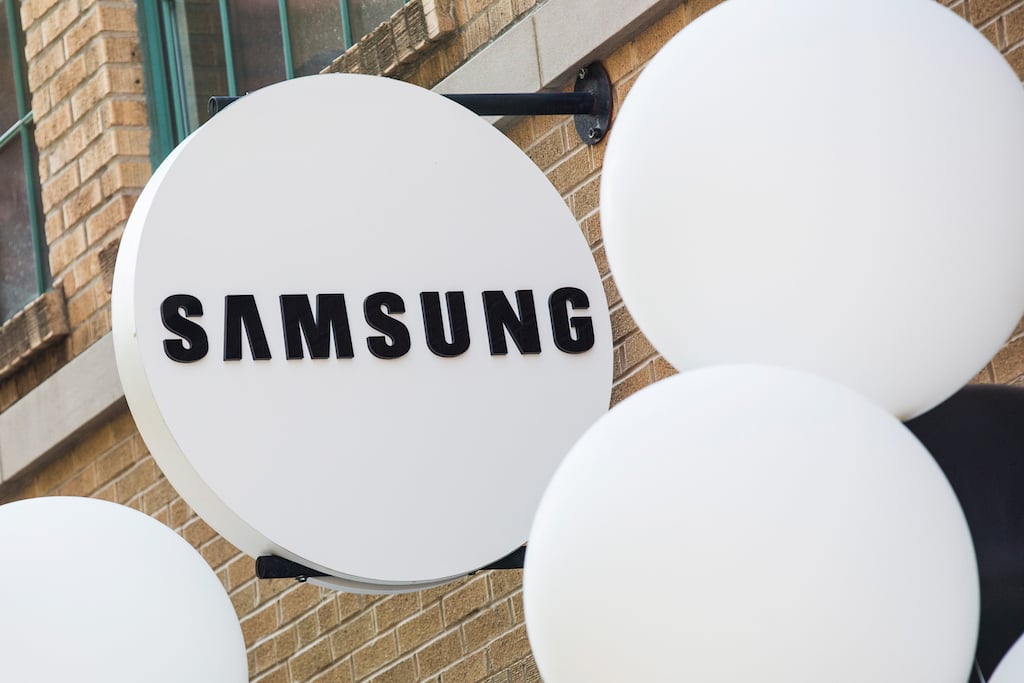Why You Don’t Have to Pay $700 for a Phone Anymore

Source: iStock
If you’re in the process of shopping for a new smartphone, you’ve probably realized something interesting about the wide array of devices on offer at your carrier’s store, your local Best Buy, or even on Amazon: a new flagship phone doesn’t always cost the $600, $700, or more that we’ve become accustomed to paying. In fact, there are plenty of inexpensive flagship phones that cost only around $400, a much more palatable price whether you’re paying upfront or calculating how much you’ll be shelling out over a period of months or years.
Ron Amadeo reports for Ars Technica that these “cheap flagships” have specifications that are either the best or very close to the best of what’s available at the time that they ship, despite price tags of $400 or below. Skeptical that such devices are really on par with pricy releases from Samsung or Apple? Then consider devices like the $305 Xiaomi Mi 5, the $380 LG Nexus 5X, the $400 Nextbit Robin, the $400 Moto X, or the $329 One Plus 2. As Amadeo notes, “If you didn’t have a sheet of spec tables in front of you, you’d likely have a hard time pointing out the differences between these devices and a $700 flagship. Cheap flagships might not be at the absolute bleeding edge of capabilities, but they all aim for ‘good enough.'”
Amadeo reports that while all of the features and extras of pricy flagships, like those from Samsung or LG, are sometimes nice to have, they’re largely unnecessary. Expensive flagships are packed with the latest bells and whistles in order to convince consumers to upgrade each year. Amadeo points to the Galaxy S7 Edge as an example, with its “curved AMOLED display, a heart rate sensor, waterproofing, a magnetic field generator (for Samsung Pay), and an outrageously high 500+ PPI display. It even doubles as the heart of a virtual reality gaming system.” Or consider the LG G5, which has two rear-facing cameras, a color spectrum sensor, a 1440P display, and a modular accessory system.
But those features come at a cost. At Samsung or LG’s launch events, price isn’t even mentioned, and usually remains unknown until the devices are available for sale. By contrast, events introducing new Xiaomi phones or the latest in Google’s Nexus line emphasize the price as if it were a key feature.

Source: Fi.google.com
In fact, Amadeo notes that some of the earliest examples of inexpensive flagship phones came from the Nexus line, starting in 2012, when Google began selling the GSM Galaxy Nexus on the Play Store fro $400 unlocked and off-contract. Since then, nearly every Nexus launch has featured a device at the $300 to $400 price point. For years, rumors circulated that Google was subsidizing the phones, but other manufacturers have caught up and begun offering phones at similar price points.
As Amadeo reports, manufacturers have to cut costs to create affordable flagship phones. The key is to cut costs in ways that users won’t miss. The flashy features seen in high-end flagship phones are generally the first thing to go, and manufacturers focus on good, but not flashy, specifications. The display usually gets scaled down to 1080p, which yields 400+ PPI on a 5-inch screen (as compared to the 325PPI on the iPhone 6). And Amadeo notes that “when the cheap flagship is done right, it also includes the latest extra features that customers care about — things like a fingerprint reader, NFC, and USB Type-C.”
Because cheap flagships manage to offer much of the power and many of the important features seen in more expensive flagships, they often cannibalize sales of pricier smartphones. That means that the manufacturers who build such phones usually don’t have a high-end device of their own to cannibalize (think Google, Xiaomi, Nextbit, and OnePlus).
More companies are interested in launching cheap flagships thanks to the growth of emerging markets like China and India, where the easiest way to gain market share is to bring prices down. Combine that with U.S. shoppers’ new awareness of smartphone prices — brought about by the slow death of two-year contracts the smartphone subsidy — and budget-friendly flagship phones are likely to become increasingly attractive to broad groups of shoppers.

Sign outside of a Samsung store | Andrew Burton/Getty Images
There are going to be even more affordable flagship phones to look forward to in the future. Samsung, which could do an excellent job of making a cheap flagship, has hardly touched the market yet, and in the U.S., the company doesn’t even offer a range of up-to-date products at different price points. Amadeo reports that Samsung is the only smartphone OEM that could manufacture all of a phone’s important components in-house, and by unifying its supply chain, cutting out all the middle men, and focusing only on making a product on the final device, Samsung could probably undercut everyone else in the smartphone market.
As smartphones become commodities and more people look for cheaper smartphones that don’t sacrifice power or functionality, it makes sense that smartphone prices will continue to fall. And it’ll get more and more difficult for smartphone makers to sell phones that cost more than $400.
No comments:
Post a Comment